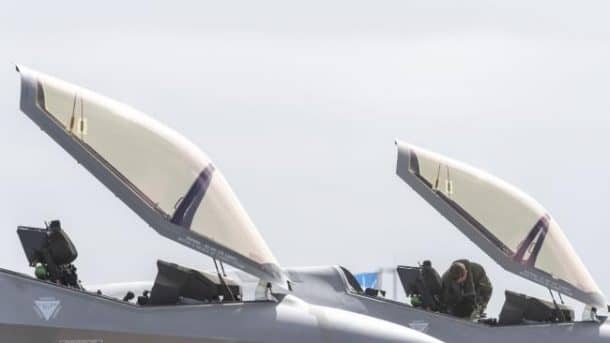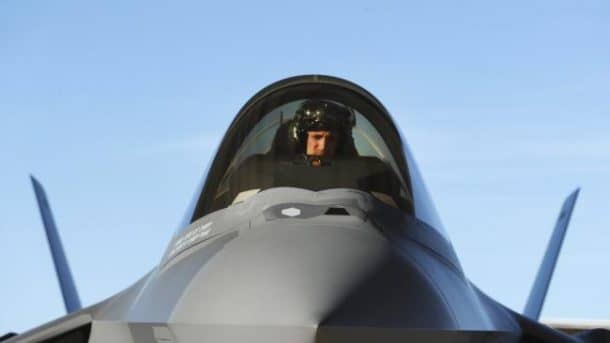Australia’s F-35 stealth fighter pilots were grounded in the United States, along with dozens of other planes, on the reports of planes starving the pilots of oxygen. US Air Force has placed an indefinite flight ban while they look to investigate the reason behind this potentially fatal issue.
The flight ban includes the 56th Fighter Wing of Luke Air Force Base in Arizona, which is the base of an international pilot training program.

The base
“will continue their pause in local F-35A flying to co-ordinate analysis and communication between pilots, maintainers, medical professionals and a team of military and industry experts,”
spokeswoman Major Rebecca Heyse said in a statement.
The first incident of hypoxia (oxygen deficiency) was recorded back on May 2, and since then five other incidents have been reported. Heyse added that they are unsure on when the flight ban will be lifted but was quick to point out that none of the incidents turned life threatening and the pilots were able to use their training to avoid any major crisis.
“The safety of our airmen is paramount and we will take as much time as necessary to ensure their safety,” she said.
Captain Mark Graff, another Airforce spokesman, said that a backup oxygen system allowed the pilots to breathe without much trouble.
The F 35 aircraft has a price tag of US$379 billion for a total of 2443 F-35 aircraft, making it the most expensive plane in history, with the costs set to rise further still due to numerous delays, cost overruns and setbacks like the engine fire in 2014.

The F-35’s hefty price is somewhat justified by its supersonic speeds, radar-dodging stealth technology, airborne agility, close air-support capabilities, and a host of sensors allowing pilots unparalleled access to information. The aircraft are estimated to last till 2070, but the overall program is set to cost $1.5 trillion when servicing and maintenance costs are included.


